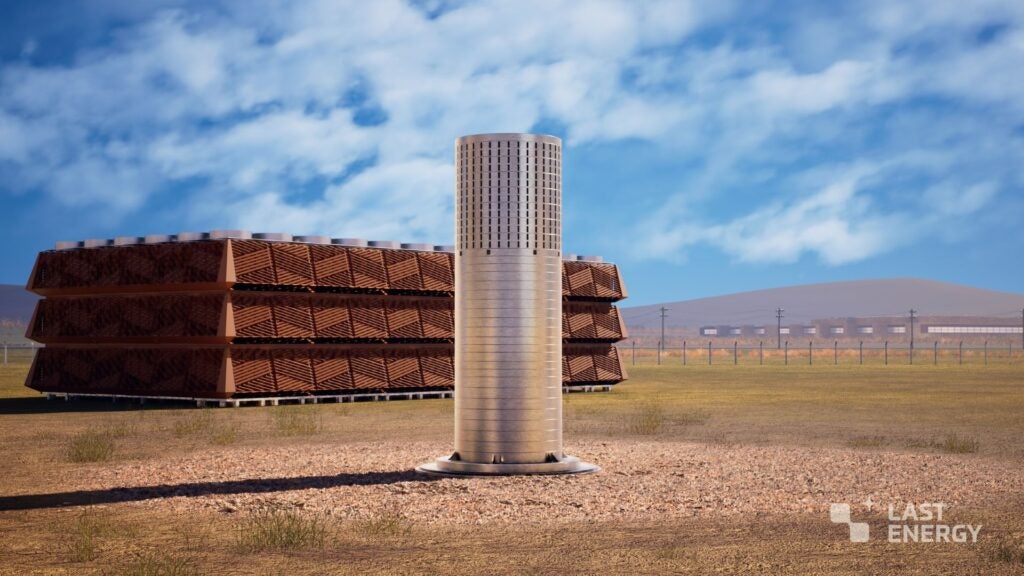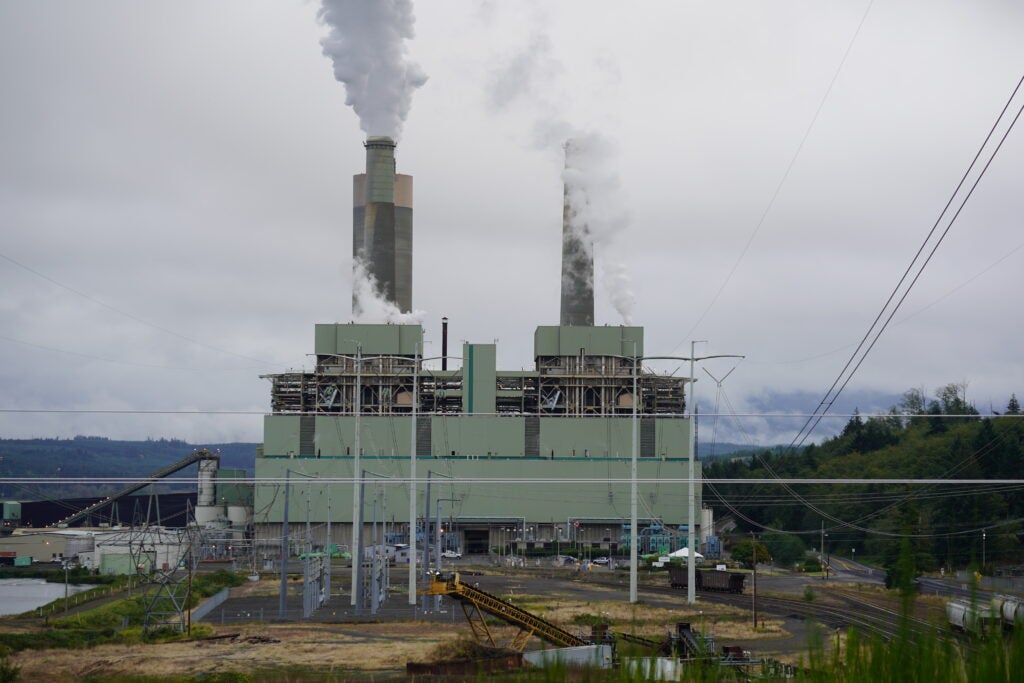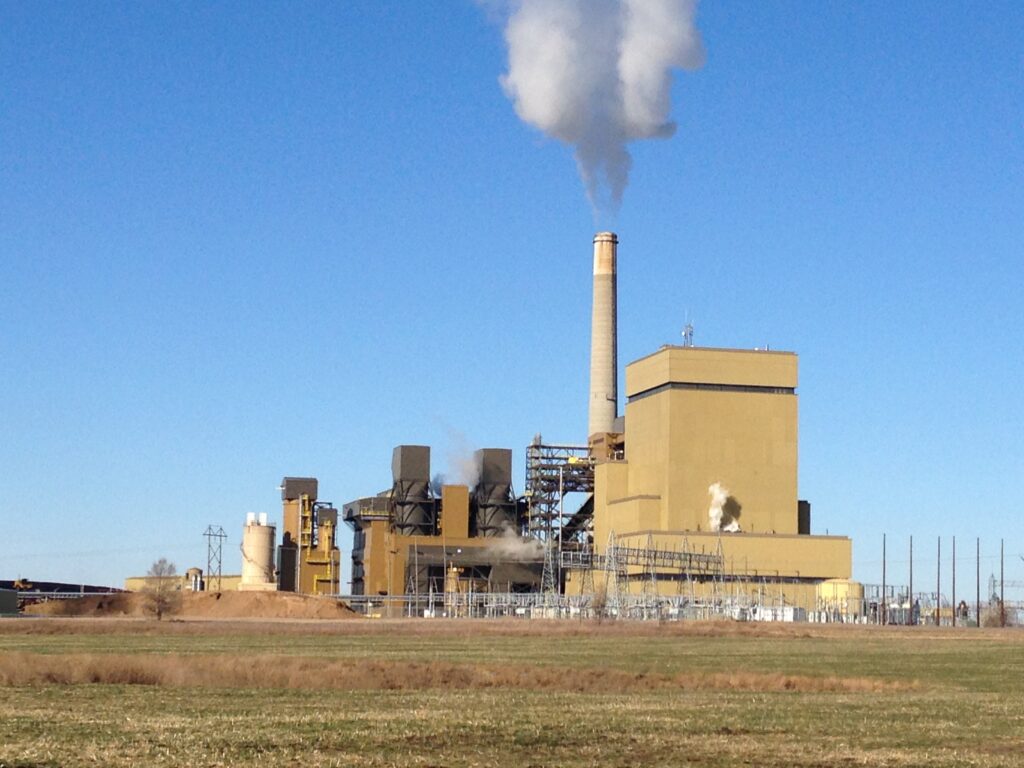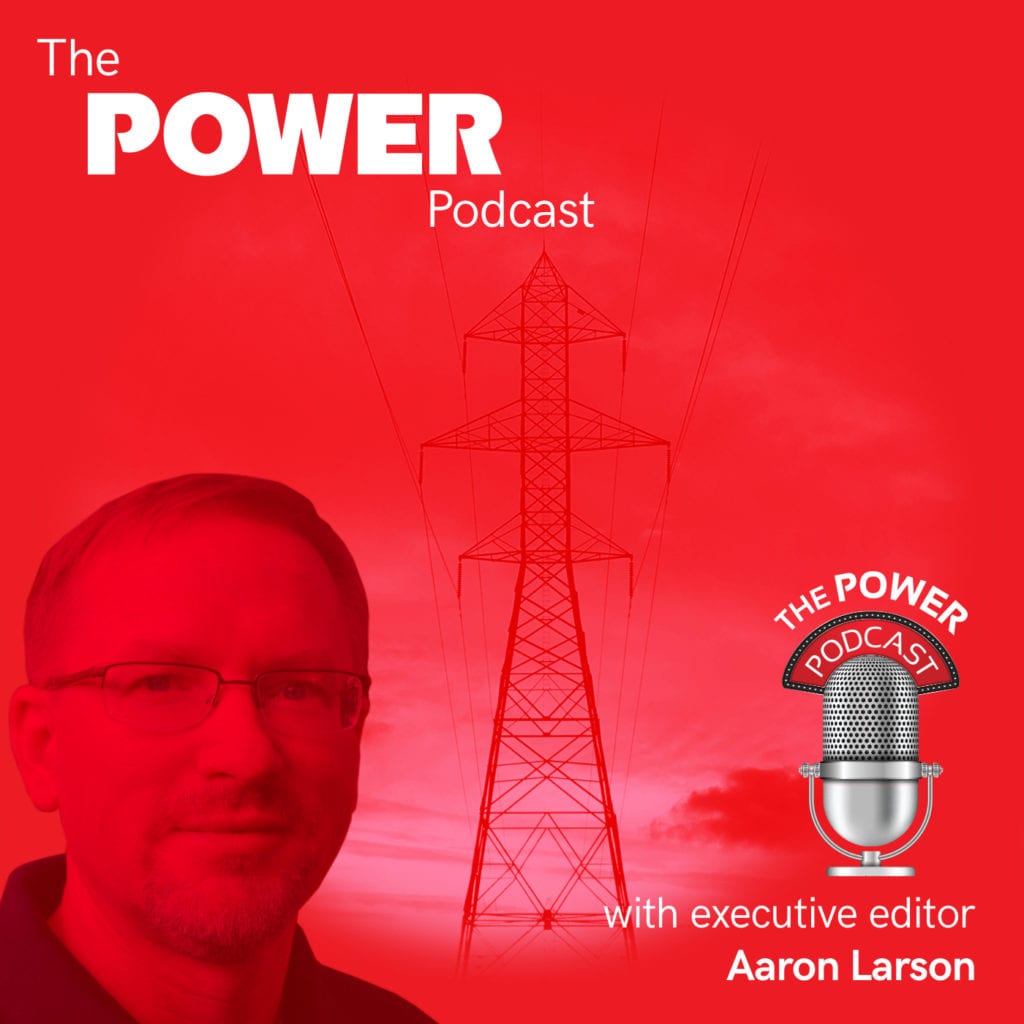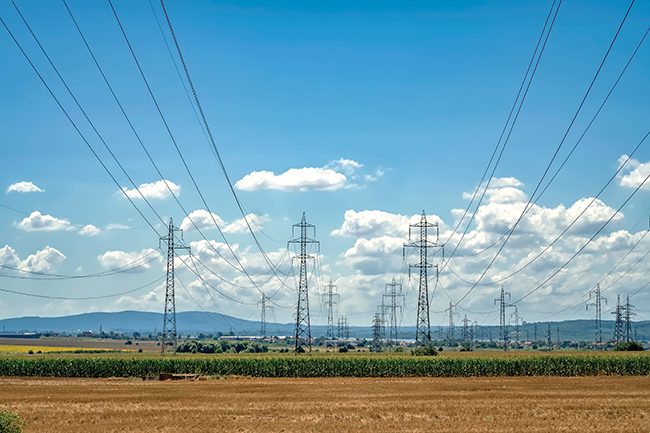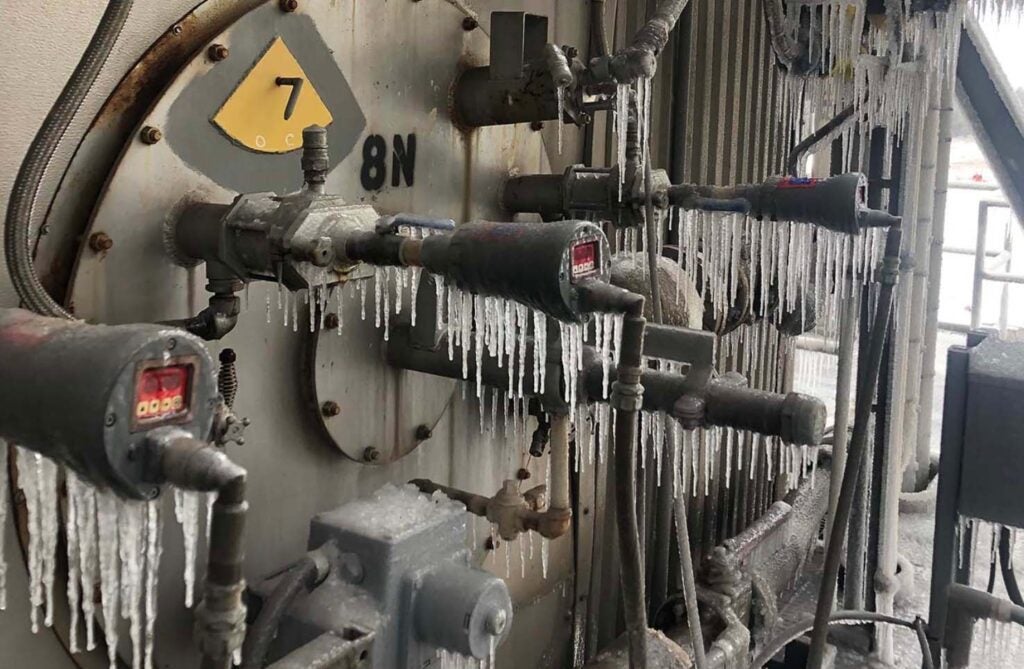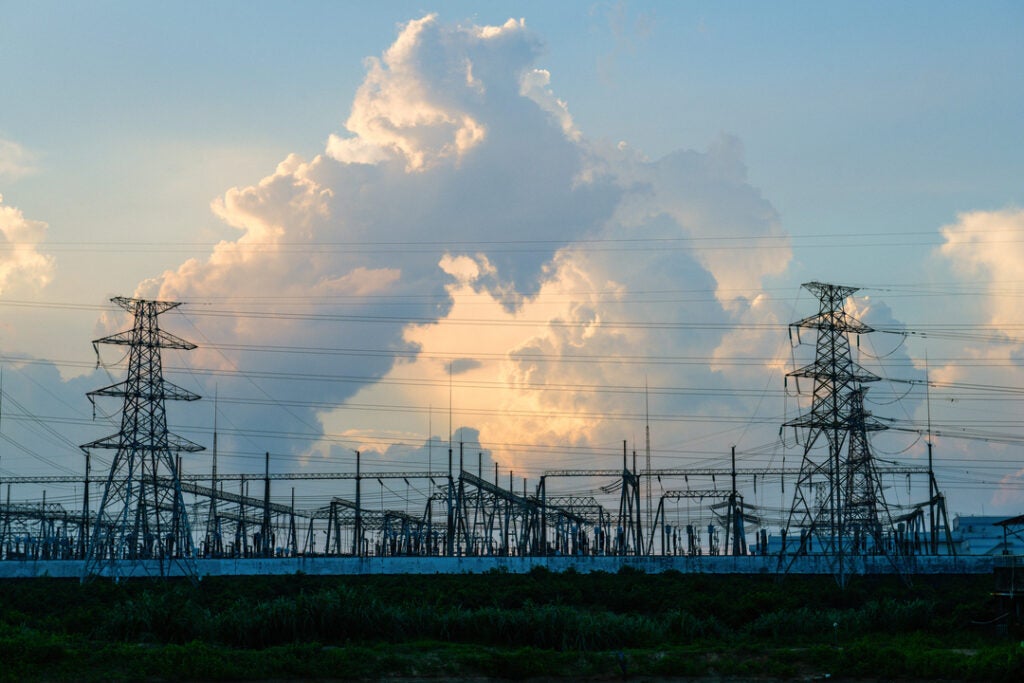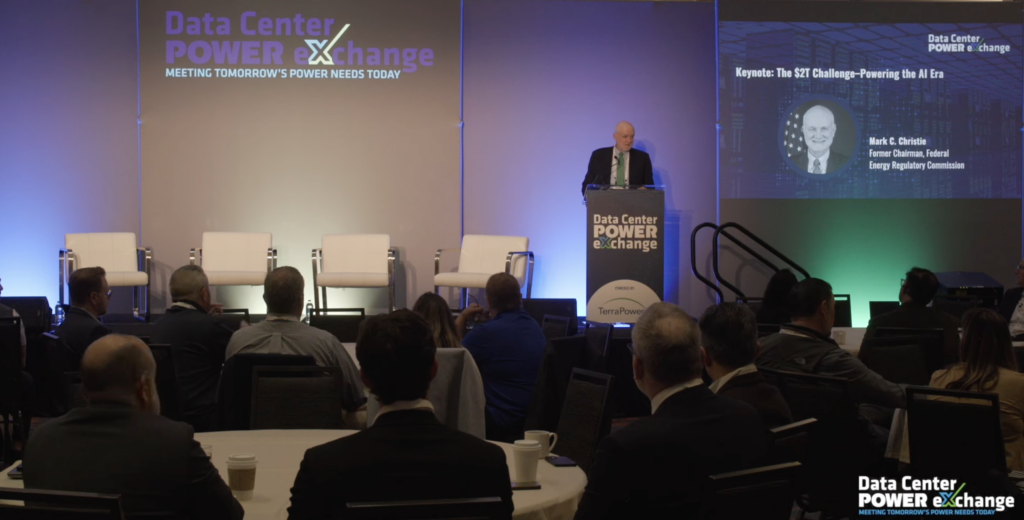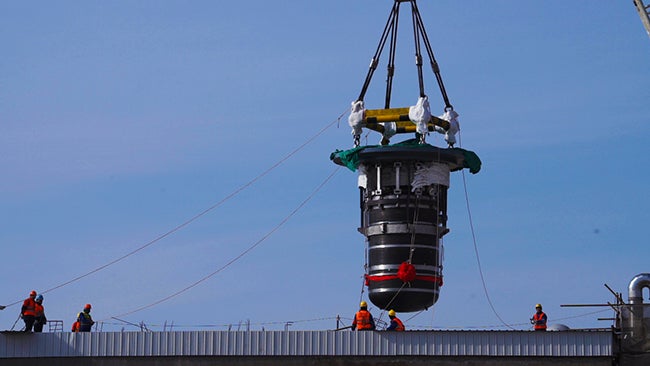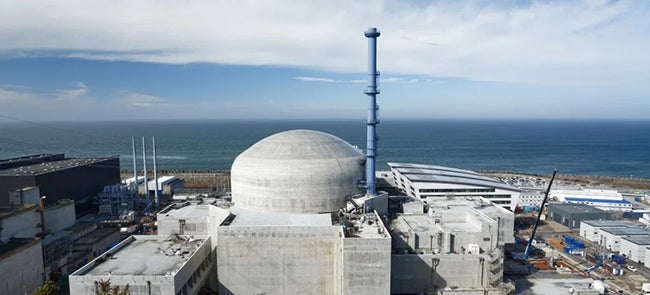
Public power utilities are community-owned, not-for-profit electric utilities that deliver reliable, low-cost electricity to about 2,000 communities serving more than 55 million Americans. Among the cities served by public power utilities are Austin, Texas; Nashville, Tennessee; Los Angeles, California; Jacksonville, Florida; and Seattle, Washington.
The Large Public Power Council (LPPC) is the voice of large public power in Washington, D.C. It advocates for policies that enable members to build critical energy infrastructure, power the growth of the economy, and provide affordable and reliable electricity to millions of Americans. The LPPC’s members are 29 of the largest public power systems in the nation. Together, they serve 30.5 million consumers across 23 states and territories.
Tom Falcone, president of the LPPC, noted that all power companies, whether publicly owned, cooperatives, or investor-owned utilities (IOUs), are in the same business, that is, to reliably deliver electricity to customers. The big difference is that public power companies are accountable at home. “We’re publicly owned. We are not-for-profit. We are community oriented. We’re mission oriented. And so, our real goal, and only goal in life, is reliable, affordable power—sustainable power—back home at the least cost to customers,” Falcone said as a guest on The POWER Podcast. “So, we’re not necessarily looking to grow loads or grow earnings, unless that’s favorable to our community, unless we’re meeting the needs of our community or lowering costs for them.”
Public power companies face many of the same concerns as co-ops and IOUs. One of the biggest challenges today is rapid load growth, driven by data centers, artificial intelligence (AI), and the increasing electrification of manufacturing and transportation. “The biggest thing is that the load is arriving faster and lumpier, and in a more concentrated fashion, than it has in the past,” explained Falcone.
“Historically, when somebody new came to town, they wanted, you know, 5 MW, or maybe they were really large and they wanted 100 MW,” said Falcone. “But what we have today is folks who come to town and they want a GW, which is enough to power probably 600,000 homes, depending on what part of the country you’re in.”
Falcone said about half of LPPC’s members are seeing this very, very rapid growth. “They could double over the next 10 years,” he said. While the demand for the energy is very immediate, utilities’ ability to build infrastructure is not. “We have to go through the same permitting and public processes, and construction and supply chain, and it just doesn’t allow us to build quite that fast,” Falcone reported.
With that in mind, LPPC is advocating for change in several federal policies. “We have to re-examine what we’re doing with this rapid growth. We have to re-examine our queue processes. We have to re-examine the way we finance large loads, and just rethink these things, and scrape the barnacles off, to be honest, in order to move faster,” Falcone said.
Concerning the Federal Energy Management Agency (FEMA), Falcone suggested there are “barnacles” that could be cleaned from its processes too. “There are numerous proposals to make it better,” Falcone said. “There’s one we like in particular, which is in the House. It’s by Chairman Graves and Ranking Member Larsen of the Transportation and Infrastructure Committee. It’s called the FEMA Act of 2025.” In this case, FEMA stands for Fixing Emergency Management for Americans. “It’s not the normal FEMA acronym, but it’s very creative naming,” said Falcone.
The proposal is focused on reducing long delays. Falcone explained that it can take years following a disaster for grants to be approved and money to be dispersed. “How can we get grants that are more predictable—that fund the right things? How can we incentivize prudence and mitigation planning? How can we just limit our processes?” he asked.
Another area where the LPPC is trying to influence policy concerns tax-exempt bonds. “There is some out-of-date Treasury regulation of those tax-exempt bonds on something called private use,” explained Falcone. “It limits our ability to enter into long-dated contracts with our customers. And there’s really no reason—not a legislative reason—it’s just a regulation that didn’t anticipate these kinds of fast-growing loads. We’re able to comply with it in the early stages of this build out, but as the build out goes on, it becomes an increasing challenge to comply with the regulation that just was not meant for this day and age.”
To hear the full interview with Falcone, which contains more about public power’s unique role and accountability, harnessing technology and AI for efficiency, innovative projects and clean energy investments, resilience against cyber threats and extreme weather, and looking ahead at the next decade of public power, listen to The POWER Podcast. Click on the SoundCloud player below to listen in your browser now or use the following links to reach the show page on your favorite podcast platform:
For more power podcasts, visit The POWER Podcast archives.
—Aaron Larson is POWER’s executive editor (@AaronL_Power, @POWERmagazine).



